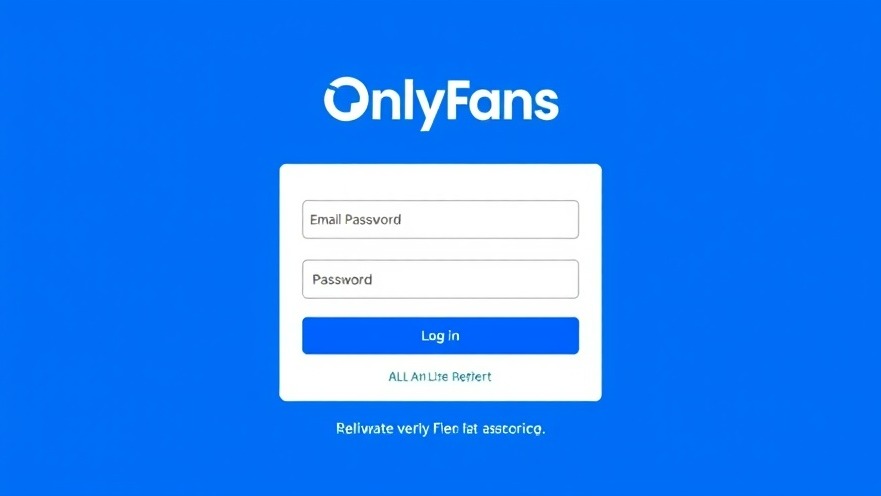
Unpacking the Addictive UX of OnlyFans
OnlyFans stands as a prime example of how user experience (UX) can lead to both remarkable success and troubling ethical concerns. The platform's design cleverly intertwines accessibility and exclusive content, creating a captivating allure that keeps users engaged. Yet, it raises profound questions about manipulation and user agency. From subscription models to personalized interactions, OnlyFans transforms the consumption of adult content into an intimate experience, where users feel involved rather than merely passive observers.
The Psychology Behind OnlyFans’ Design
At its core, OnlyFans utilizes a psychological framework that thrives on emotional engagement. By fostering parasocial relationships—with creators as their personal entertainers—users often overlook the transactional nature of their subscription. This strategy not only captivates users but also questions the ethics of leveraging emotional connection for profit. UX designers across various sectors must ponder: is it ethical to design systems that create dependency through emotional manipulation, or is it simply a savvy business tactic?
The Fine Line of Gamification
Gamification is another strategy employed by OnlyFans to enhance user engagement. By providing interactive features—such as tips and private messages—the platform creates a dopamine loop similar to those found in addictive mobile games. This gaming mindset shifts user behavior, turning content consumption into a rewarding game. However, while such features may drive user engagement, they bear a striking resemblance to gambling practices. The question remains: should UX strategies tread on the fragile ground of addiction?
Creators: Empowered or Exposed?
Another significant aspect of OnlyFans is its dual role in empowering creators while potentially exploiting them. While offering tools for independent entrepreneurship, the platform subjects its creators to continual production pressures. In parallel, e-commerce models like Etsy allow makers to focus on product quality, whereas OnlyFans requires a constant interaction cycle that can lead to burnout. This raises ethical considerations for designers: how can we empower users without veering into exploitation?
Learning from the Dark Side of UX
The case of OnlyFans challenges UX designers to reflect on the broader implications of their work. By highlighting how easily design can be veered towards manipulation, it urges community discussions about ethical constraints in digital experiences. Designers need to consider whether their strategies genuinely enhance user life or just create attraction through exploitative means.
While OnlyFans has undoubtedly revolutionized content consumption, it has also laid bare the complexities of ethical design in a user-driven landscape. As professionals in the field, we must grapple with these questions to guide our practices towards more honest and responsible methodologies.
 Add Row
Add Row  Add
Add 




Write A Comment